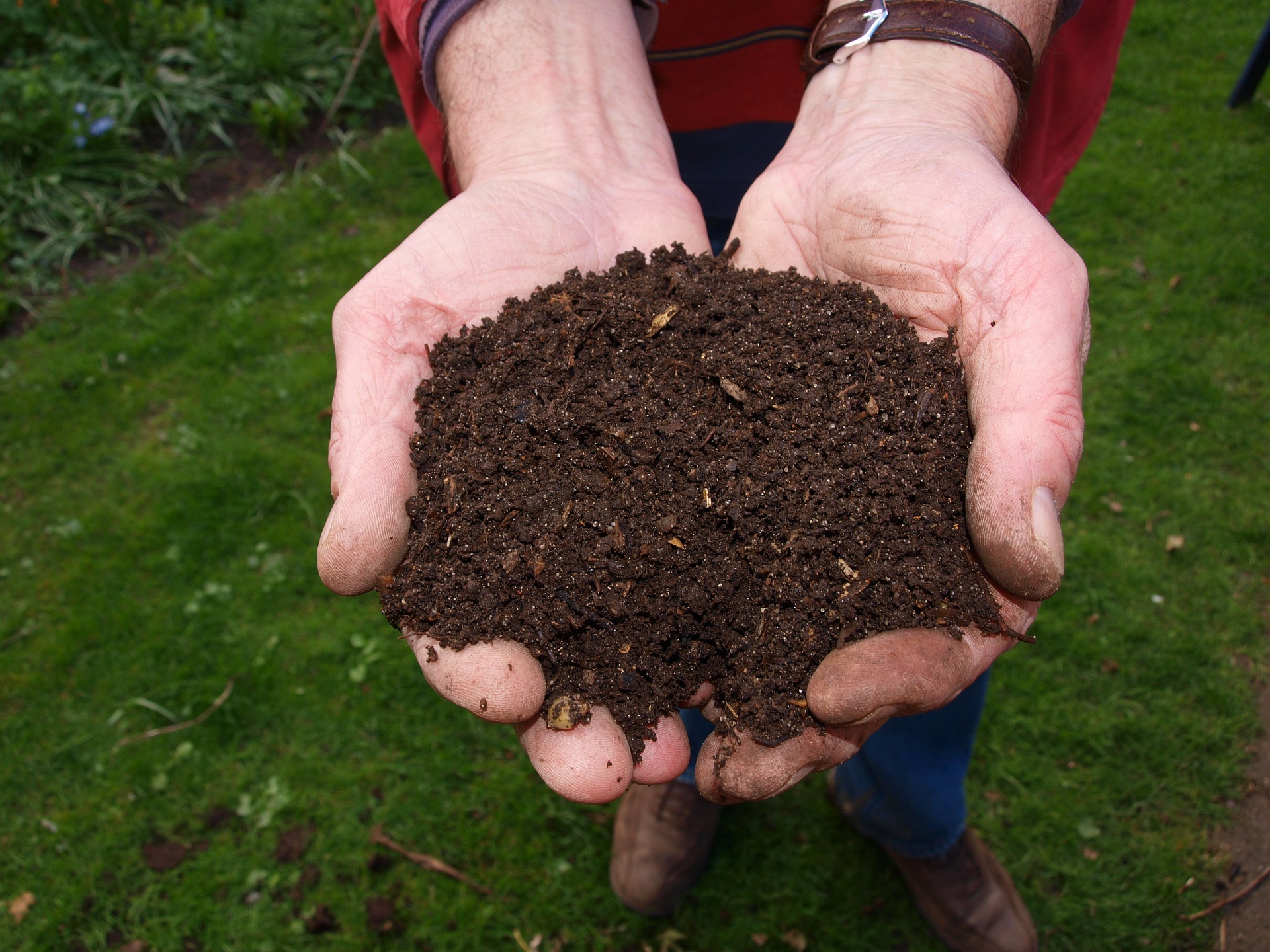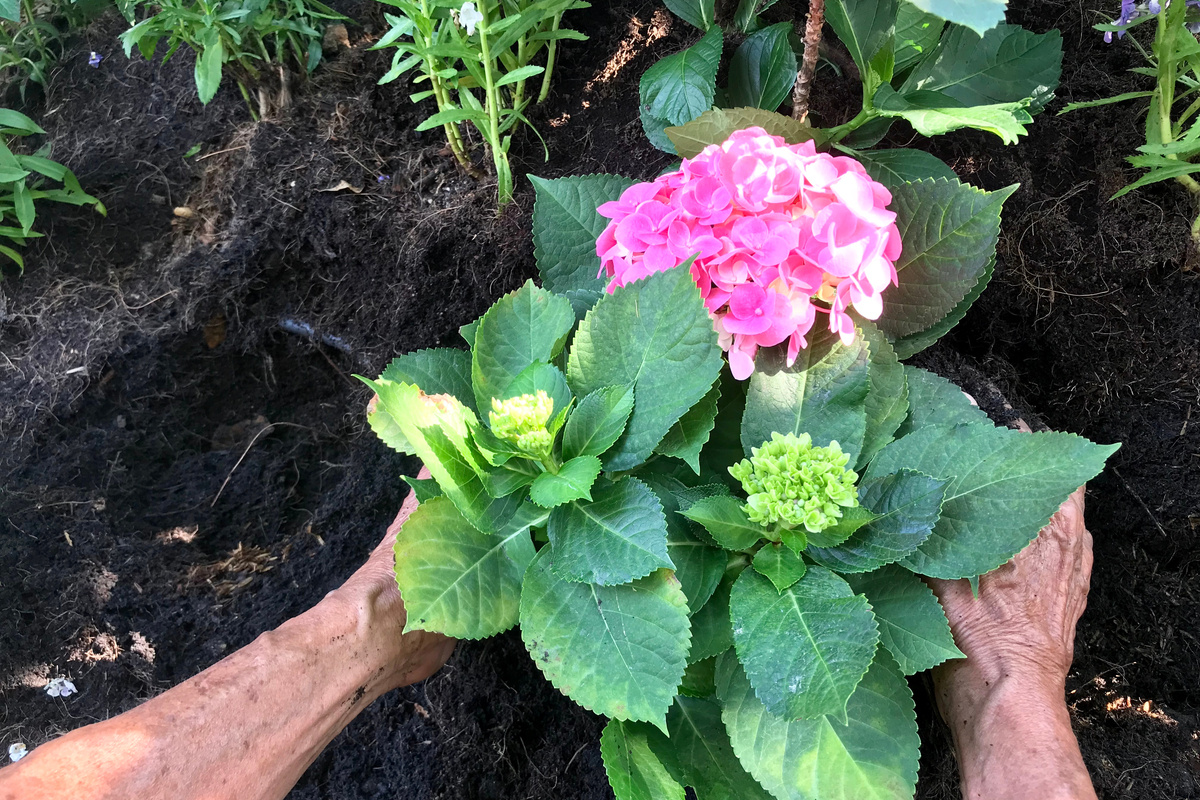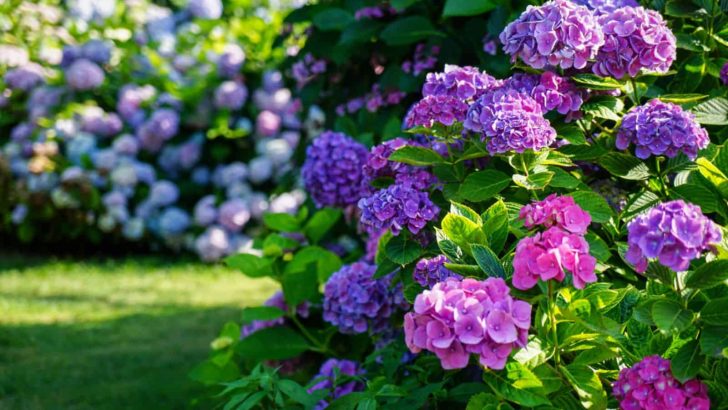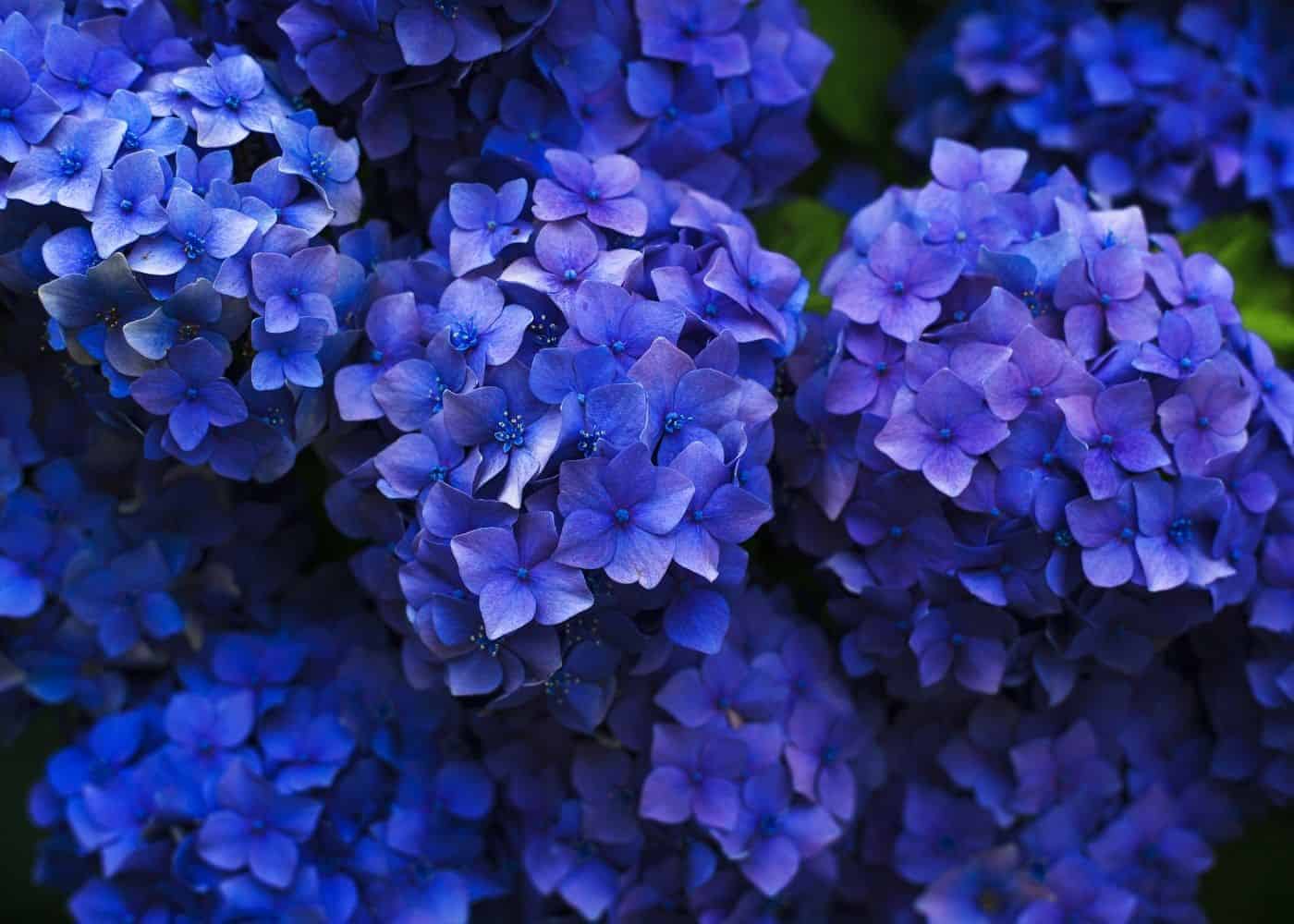How To Use Compost To Boost Hydrangea Blooms
Hydrangeas are beautiful flowering shrubs that can add a touch of elegance to any garden. But did you know that you can use compost to boost their blooms? Compost is a rich source of nutrients that can help hydrangeas grow strong and healthy, resulting in more and larger flowers.
In this blog post, we will discuss how to use compost to boost hydrangea blooms. We will cover topics such as:
- The benefits of using compost for hydrangeas
- How to choose the right compost for hydrangeas
- When and how to apply compost to hydrangeas
- Tips for getting the most out of compost
Benefits of Using Compost for Hydrangeas
Compost is a natural fertilizer that provides hydrangeas with a variety of essential nutrients, including nitrogen, phosphorus, potassium, and calcium. These nutrients help hydrangeas grow strong and healthy, which leads to more and larger flowers.
In addition to providing nutrients, compost also improves the soil structure around hydrangeas. This makes it easier for the plants to absorb water and nutrients, which further contributes to their overall health and well-being.
Compost also helps to suppress weeds and diseases, which can further improve the health and productivity of hydrangeas.
How to Choose the Right Compost for Hydrangeas
When choosing compost for hydrangeas, it is important to select a type that is high in organic matter and low in nitrogen. Hydrangeas are susceptible to a condition called chlorosis, which can cause their leaves to turn yellow. Too much nitrogen can make this problem worse.
A good compost for hydrangeas will be dark brown or black in color and have a crumbly texture. It should also have a pleasant, earthy smell.
When and How to Apply Compost to Hydrangeas
The best time to apply compost to hydrangeas is in the spring, just before new growth begins. You can also apply compost in the fall, after the plant has finished blooming.
To apply compost, simply spread it evenly around the base of the hydrangea plant, being careful not to pile it up against the stems. The compost should be about 2-3 inches thick.
After applying compost, water the area thoroughly to help the compost settle in and start to break down.
Tips for Getting the Most Out of Compost
Here are a few tips for getting the most out of compost for hydrangeas:
- Use a high-quality compost that is high in organic matter and low in nitrogen.
- Apply compost in the spring or fall, just before or after new growth begins.
- Spread the compost evenly around the base of the plant, being careful not to pile it up against the stems.
- Water the area thoroughly after applying compost.
- Mulch around the plant with compost to help retain moisture and suppress weeds.
Conclusion
Compost is a natural fertilizer that can help hydrangeas grow strong and healthy, resulting in more and larger flowers. By following the tips in this blog post, you can get the most out of compost and enjoy beautiful hydrangea blooms for years to come.
Hydrangeas are beautiful flowering shrubs that can thrive in a variety of soils. However, they do best in soil that is rich in organic matter, such as compost. Compost can help to improve the drainage of the soil, which is important for hydrangeas, as they do not like to sit in wet soil. Compost can also help to provide hydrangeas with the nutrients they need to produce healthy flowers.
If you are looking for more information about compost for hydrangeas, you can visit Home Gardening. This website has a wealth of information about hydrangeas, including how to choose the right compost for your plants, how to apply compost, and how to make your own compost.
FAQ of compost for hydrangeas
- What type of compost is best for hydrangeas?
Hydrangeas prefer acidic soil, so ericaceous compost is the best option. This type of compost is made from materials such as pine needles, oak leaves, and peat moss, which are all naturally acidic. If you cannot find ericaceous compost, you can make your own by mixing equal parts peat moss and composted bark.
- How much compost should I use when planting hydrangeas?
When planting hydrangeas, you should add a layer of compost to the bottom of the hole that is at least 6 inches deep and 12 inches wide. You can also mix compost into the surrounding soil. The amount of compost you need will depend on the size of the plant and the type of soil you have.
- How often should I fertilize hydrangeas with compost?
You can fertilize hydrangeas with compost once a year in the spring. To do this, simply spread a layer of compost around the base of the plant and water it in well. You can also add compost to the soil around the plant every few months as a top dressing.
- Can I use compost to make hydrangeas bloom blue?
Yes, you can use compost to make hydrangeas bloom blue. However, it is important to note that not all hydrangeas will bloom blue, even if they are planted in acidic soil. The color of hydrangea flowers is determined by the amount of aluminum in the soil. If you want your hydrangeas to bloom blue, you will need to add aluminum sulfate to the soil. You can do this by mixing 1 tablespoon of aluminum sulfate with 1 gallon of water and watering the plant with the solution.
- What else can I do to help my hydrangeas thrive?
In addition to using compost, there are a few other things you can do to help your hydrangeas thrive. Make sure they are planted in a location that gets partial shade. Hydrangeas also need regular watering, especially during the summer months. You should also fertilize them with a balanced fertilizer once a month during the growing season.
Image of compost for hydrangeas
- Wood chip compost is a good choice for hydrangeas because it is high in organic matter and nutrients. It also helps to improve drainage and aeration of the soil.

- Leaf mold compost is another good option for hydrangeas. It is high in nitrogen and phosphorus, which are essential nutrients for hydrangeas.

- Manure compost is a well-balanced compost that is high in nutrients. It is a good choice for hydrangeas that are being grown in poor soil.

- Coffee grounds compost is a good source of nitrogen, which is essential for hydrangeas. It can also help to improve the acidity of the soil, which is necessary for blue hydrangeas.

- Eggshell compost is a good source of calcium, which is important for hydrangeas. It can also help to improve the drainage of the soil.

- Fish emulsion compost is a high-nitrogen compost that is good for hydrangeas that are being grown in poor soil. It can also help to improve the acidity of the soil.

- Kelp meal compost is a good source of potassium, which is important for hydrangeas. It can also help to improve the drainage of the soil.

- Vermicompost is a type of compost that is made by worms. It is high in nutrients and beneficial bacteria, which can help to improve the health of hydrangeas.

- Homemade compost is a good option for hydrangeas if you have access to organic materials. You can make your own compost by composting yard waste, food scraps, and other organic materials.

- Store-bought compost is also a good option for hydrangeas. There are many different types of store-bought compost available, so you can choose one that is specifically formulated for hydrangeas.

Post a Comment for "How To Use Compost To Boost Hydrangea Blooms"